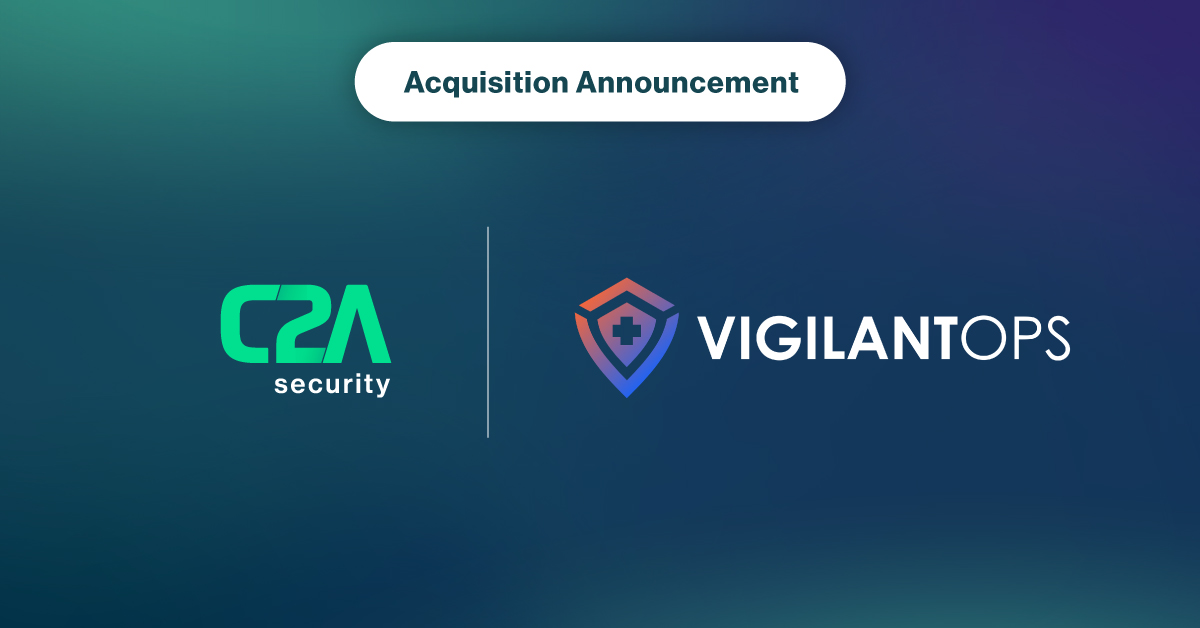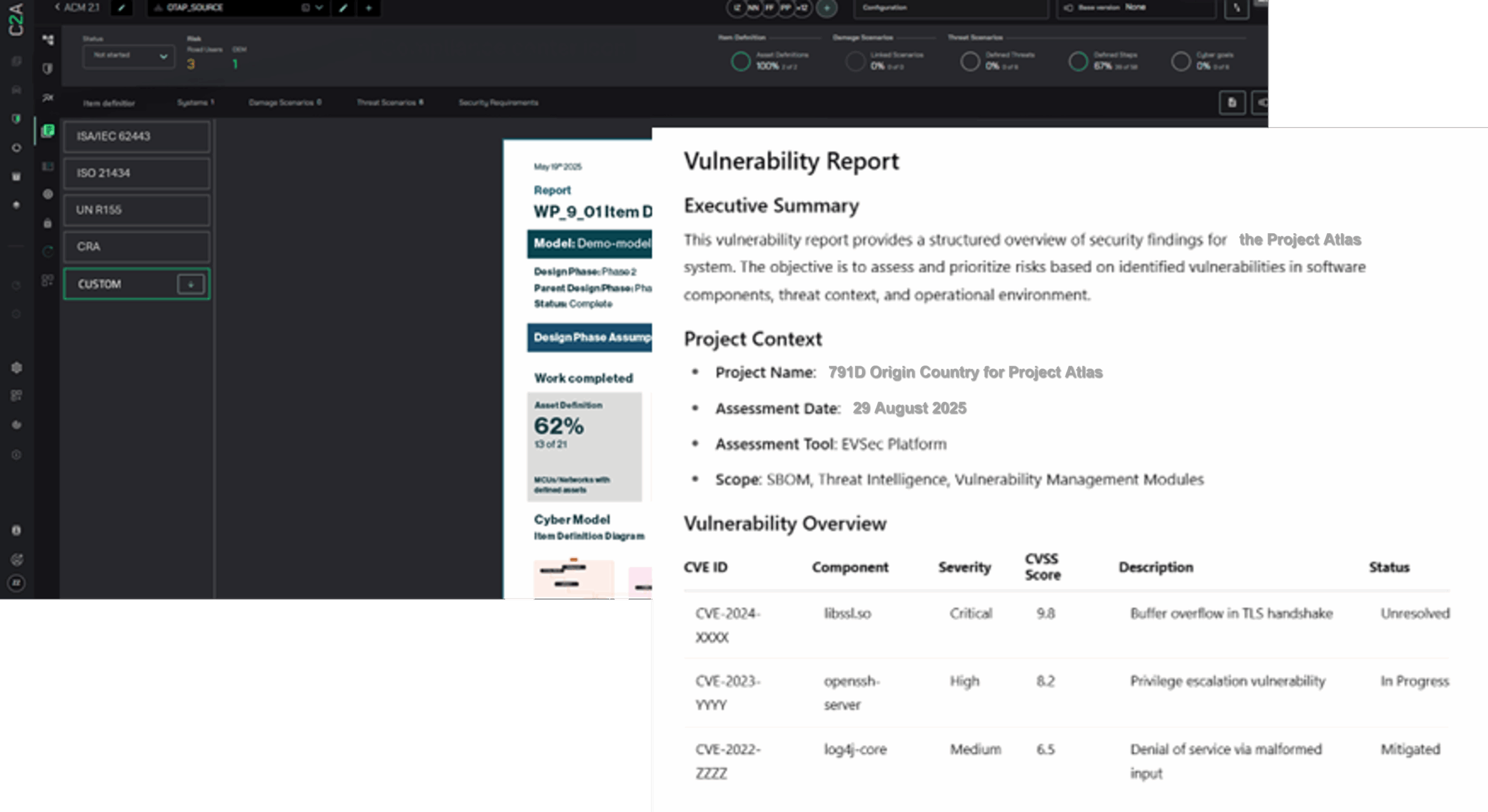DevSecOps has emerged as a crucial practice in the rapidly evolving software development landscape, particularly for security-focused technical teams. Integrating security into every phase of the DevOps pipeline, DevSecOps aims to proactively address vulnerabilities and prevent breaches. This approach offers a structured framework for embedding security controls directly into development and operational workflows, enabling organizations to enhance their security posture while maintaining agility in software delivery.
The DevSecOps maturity model provides a strategic roadmap for organizations to progress. By following this model, security teams can systematically strengthen their security practices across various stages, from code development to deployment and monitoring. The model facilitates a shift from reactive security measures to proactive, embedded security, reducing the risk of introducing vulnerabilities into production environments.
The adoption of DevSecOps marks a significant shift towards a security-first mindset in software development, leveraging a risk-driven approach to enable proactive threat management. The threat landscape constantly evolves in today’s digital era, with attackers becoming more sophisticated. Adopting DevSecOps practices is no longer optional for security teams, but staying ahead of these dynamic threats is necessary. By integrating security into the DevOps workflow, organizations can detect and mitigate threats earlier in the development cycle, reducing the potential impact of security incidents and ensuring reliable communication throughout the lifecycle.
According to the Gartner Software Engineering Survey for 2024, nearly two-thirds of software engineering leaders report a significant need for more application security expertise. This skills gap can hinder the effective adoption of DevSecOps practices, making it vital for security teams to invest in training and upskilling initiatives to bridge this gap.

Introduction to the DevSecOps Maturity Model
Software engineering leadership faces the challenge of consistently delivering secure software while balancing stakeholder concerns and business goals. The DevSecOps maturity model provides a strategic framework for addressing this challenge by integrating security into the Software Development Lifecycle (SDLC). This model helps organizations assess their current security practices and systematically enhance them across the DevOps pipeline, emphasizing collaboration among Development (Dev), Security Operations (SecOps), and Operations (Ops) teams.
The DevSecOps maturity model consists of multiple stages, each representing a different level of security integration and maturity. These stages range from initial ad-hoc practices, where security is reactive and minimally integrated, to more advanced levels, where security is fully automated and optimized within the DevOps processes.
This maturity model is broken down into five dimensions, each addressing a separate domain for DevSecOps:
1. Security skills and knowledge
2. Developer enablement
3. Secure design and threat assessment
4. Automated security practices
5. Software supply chain security
Each dimension has five maturity levels that are built on the previous level.
1. Initial Stage: Security is often reactive, with minimal integration into the development process. Security measures are applied as needed, usually after incidents have occurred. There is little to no automation, and methods are not standardized.
Risk management at this stage is mainly reactive, with high exposure to vulnerabilities and minimal proactive mitigation efforts.
2. Managed Stage: Basic security practices are documented and repeatable but may rely heavily on manual processes. Initial efforts are made to establish collaboration between Dev, SecOps, and Ops teams.
Risk management begins to evolve, but manual processes create gaps, leaving risks needing to be addressed and increasing the likelihood of delayed detection and response.
3. Defined Stage: Organizations use automated tools for SBOM analysis, vulnerability scanning, and compliance checks. Security requirements are defined early in the development cycle, and continuous integration (CI) pipelines include basic security testing.
Risk management becomes proactive, leveraging automation to identify and mitigate risks earlier in development.
4. Automated Stage: Security practices become extensively automated and seamlessly integrated into the CI/CD pipeline and automated security testing during the build and deployment process. Security feedback loops are established, empowering teams to identify and resolve vulnerabilities promptly.
Data-driven decision-making with advanced analytics. Risks are quantified, and responses are predictable.
5. Optimized Stage: The DevOps pipeline fully integrates, automates, and optimizes security. Organizations leverage advanced security analytics, machine learning, and AI platforms to proactively predict and mitigate potential risks. Advanced security automation and orchestration techniques proactively identify and mitigate security threats. Security metrics are closely monitored and analyzed to assess the effectiveness of security controls and drive ongoing enhancements.
By advancing through these stages, organizations can systematically strengthen their security posture, improving security and operational efficiency. The model provides a roadmap for evolving from reactive security measures to a proactive, integrated approach, ensuring security aligns with business objectives and stakeholder expectations. For engineering leaders, adopting the DevSecOps maturity model is essential for creating a secure-by-design culture that meets the demands of today’s dynamic threat environment.
The Importance of a DevSecOps Maturity Model: “If you can’t measure it, you can’t manage it” (Peter Drucker)
1. Recognizing Strengths and Areas for Improvement: The model assists organizations in pinpointing where security is effectively integrated within development practices and areas requiring enhancement. Allowing for a more strategic approach to mitigating security risks and reducing exposure.
2. Minimizes Security Vulnerabilities: Integrating security across the SDLC allows for the early detection and mitigation of vulnerabilities, resulting in applications with heightened security measures. This proactive approach helps prevent potential security breaches and ensures the delivery of more robust and secure software products. It ensures that the highest-priority risks are managed early in the lifecycle and enhances the overall resilience of the application.
3. Enhances Communication and Collaboration: This shared understanding facilitates smoother interactions and cooperation, leading to more effective coordination in implementing security measures across the organization’s development processes and mitigating risks throughout the product lifecycle.
4. Measuring Against Industry Norms: The model provides a standardized method to evaluate DevSecOps maturity. It allows organizations to proactively identify and address risks and compare their progress with industry standards and benchmarks.
Benefits of Achieving a Higher DevSecOps Maturity Level
1. Improved Regulatory Compliance: A mature DevSecOps approach aids organizations in meeting regulatory requirements about risk reduction and data security. By integrating security platforms like C2A Security’s EVSec across the development lifecycle, organizations can verify that their software adheres to essential standards and regulations, exceeding industry-specific regulatory requirements and avoiding fines and penalties.
2. Efficient and Secure Development: Early integration of security automation solutions reduces the need for rework and delays often caused by identifying vulnerabilities late in development. Streamlined processes and reduced risk of disruptions due to cyber incidents ensure that software is developed faster and has enhanced security measures.
3. Decreased Likelihood of Security Incidents: Adopting proactive security assessment minimizes the risk of vulnerabilities and breaches, enhancing overall security posture. This proactive approach helps organizations safeguard their systems and data against potential threats and vulnerabilities, reducing the likelihood of security incidents.
4. Enhanced Software Quality: Integrating security platforms throughout the SDLC results in more resilient and dependable applications. By addressing security concerns at every stage of development, organizations ensure that their software meets higher standards of quality, reliability, and performance.
5. Streamlined Development Processes: Incorporating security practices into the development lifecycle streamlines processes, enabling early detection and resolution of security concerns. This leads to smoother development cycles, reduced rework, and faster time to market for software products.
6. Operational Savings: From automated processes and reduced manual interventions, including lowering Insurance Premiums and leveraging analytics for risk-based decision-making on product security cost, time deployment, risk levels of fleets and components, supply chain response and efficiency, and much more.

Leveling Up with C2A Security
For engineering leadership, the DevSecOps maturity model leveraged by leading platforms like EVSec is invaluable for balancing security with stakeholder concerns and business goals. By systematically advancing through the stages of the model, organizations can build a security-first mindset that integrates seamlessly into their DevOps processes, fostering a culture of collaboration, continuous improvement, and innovation. This approach ensures that security is not an afterthought but a core component of the software development lifecycle.
At the heart of this maturity lies dynamic risk management and risk quantification, where automated identification, prioritization, and mitigation of vulnerabilities become second nature. With intelligent, real-time risk calculations, organizations can continuously balance security with software development speed and operational efficiency, ensuring security is built into every stage without compromising agility.
By leveling up your DevSecOps maturity with these advanced capabilities, your organization can deliver secure, resilient, and compliant software, all while driving innovation and maintaining operational excellence.
Click here to learn more about our EVSec Platform and schedule an exclusive demo for your product security team.




